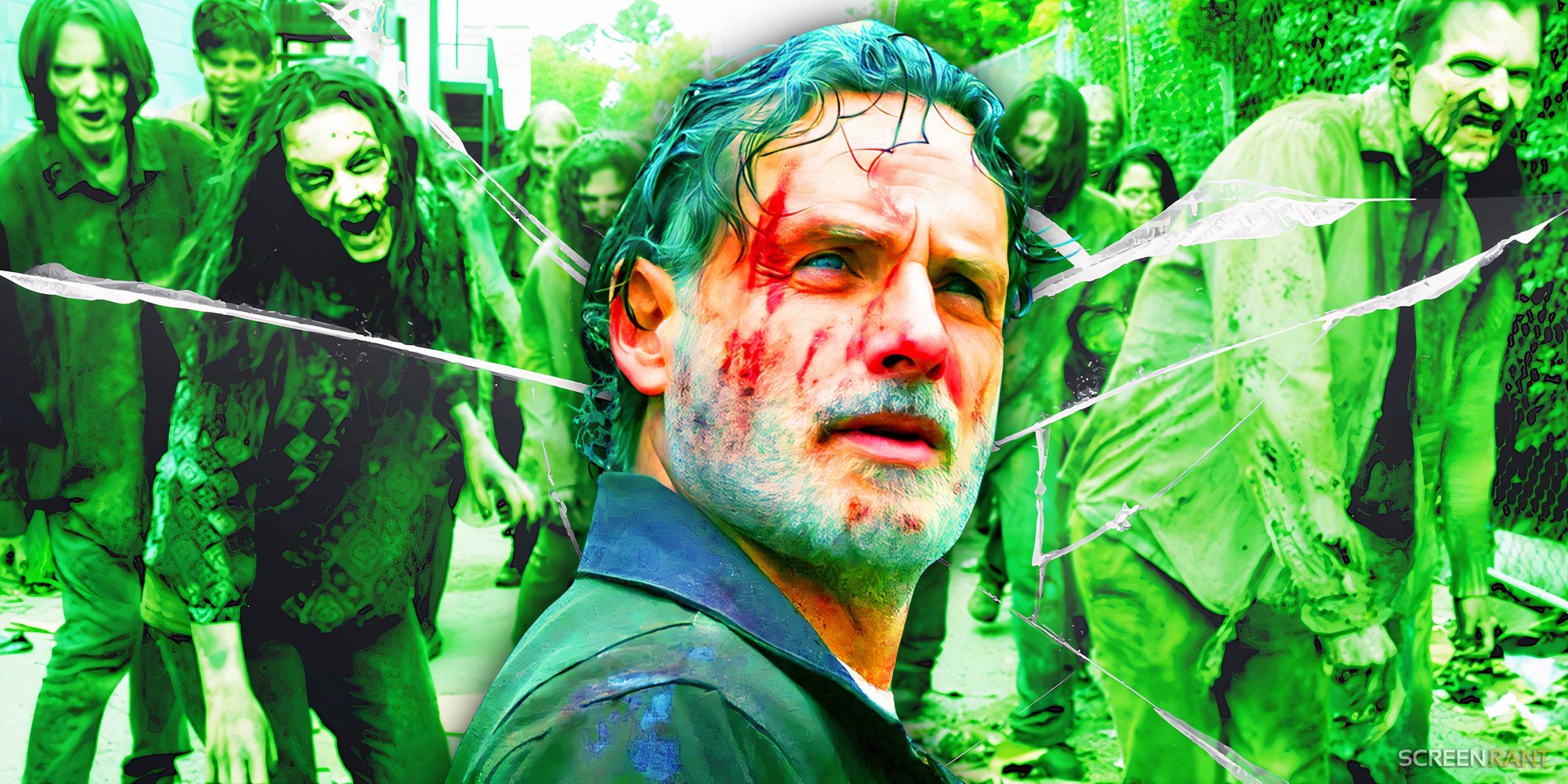
The Walking Dead‘s zombie variants can be divided into types, depending on the abilities they possess and the manner in which they came into existence. For the most part, zombies in The Walking Dead are slow, incapable of mental reason, and driven only by a desire to chomp on the nearest source of flesh. Gradually, however, AMC’s zombie apocalypse franchise has introduced higher grades of undead referred to as “variants.” Many questions about the true nature of these souped-up zombies remain unanswered, but different classes of variant are already beginning to emerge across The Walking Dead‘s various shows.
For the purposes of this list, variants will be defined as zombies that are inherently different to a standard victim of The Walking Dead‘s zombie virus. This excludes regular zombies that have been superficially altered by their environment, such as the rock-covered corpses from The Ones Who Live and the sewer-dwelling Zombie King – a mashup of several zombies melted together – seen in Dead City. Those monsters were altered on the outside, whereas true variants in The Walking Dead have, for one reason or another, mutated in a cerebral or biological way.
6Natural Super-Zombies
Featured In: The Walking Dead: World Beyond

The rarest, and probably also the most dangerous, form of variant in The Walking Dead is the type that begins displaying several unconventional skills immediately after reanimation. The only clear-cut example of this naturally-occurring super-zombie in the franchise so far came during The Walking Dead: World Beyond‘s ending.
Shortly after being shot, an unnamed French scientist reanimated and rushed toward the facility’s door, denting it with repeated blows. This type of variant demonstrated speed, strength, and enough intelligence to immediately find the exit door without stumbling around aimlessly for an hour beforehand.
No obvious zombie of this variant type has surfaced in Daryl Dixon yet, despite the show’s French setting.
It remains unclear exactly how this type of variant came into being, but World Beyond offered a few salient clues. The gunman who shot the scientist accused his victim, and her scientific team, of creating the zombie virus then subsequently making it “worse,” which could be interpreted as meaning this particular variant mutation was an unintended consequence of guilty researchers trying to cure the outbreak.
The Walking Dead‘s Dr. Jenner also mentioned “variant cohorts” existing in France but not the United States, suggesting a naturally-occurring variant strain exists, but hadn’t spread worldwide as of The Walking Dead season 1. No obvious zombie of this variant type has surfaced in Daryl Dixon yet, despite the show’s French setting. Their absence would indicate that natural super-variants are either incredibly rare, or the phenomenon is somehow exclusive to scientists who worked on the virus.
5Artificial Super-Zombies
Featured In: The Walking Dead: Daryl Dixon
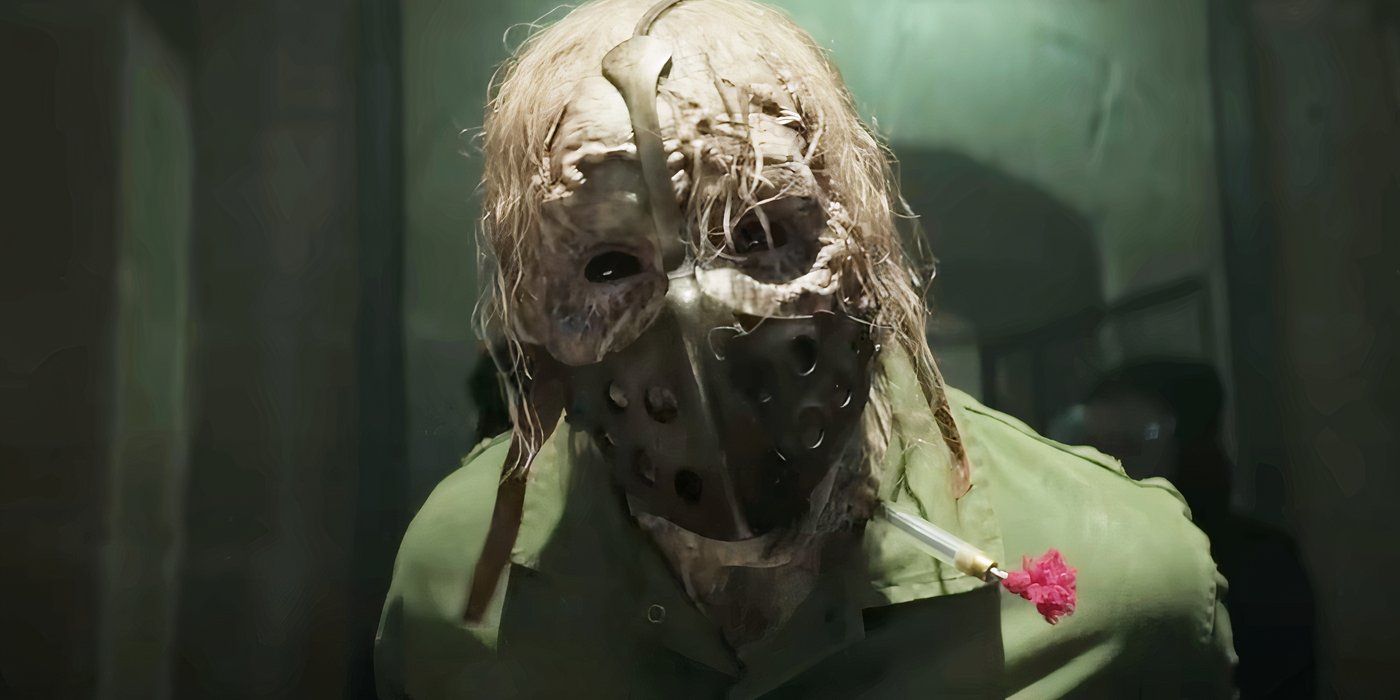
Many of the variant zombies that do appear in Daryl Dixon are similar to the type from World Beyond, but created via artificial means. Daryl Dixon‘s main villain group, Genet’s Pouvoir du Vivant, has developed a serum that can turn a regular zombie into a super-zombie not entirely dissimilar from the natural kind spotted in World Beyond‘s French laboratory.
Created by Dr. Lafleur, this breed of walker gains enhanced speed, strength, heightened senses, and is considerably harder to kill, but instead of becoming more intelligent, they become gripped by an uncontrollable bloodlust. As such, Pouvoir’s variants are prone to attacking each other, prioritizing pure violence over getting a meal.
How Dr. Lafleur’s serum works has not yet been explained by The Walking Dead, but the process may have something to do with decapitated heads. The lab at Pouvoir’s Maison Mère HQ and the facility on the boat that captured Daryl both contained jarred zombie heads connected to test subjects via tubes, possibly indicating an important ingredient in The Walking Dead‘s zombie variant recipe is derived from reanimated brains. A chemical that occurs within the brain upon death could be the key to unleashing more potential from a risen corpse.
4Burners
Featured In: The Walking Dead: Daryl Dixon
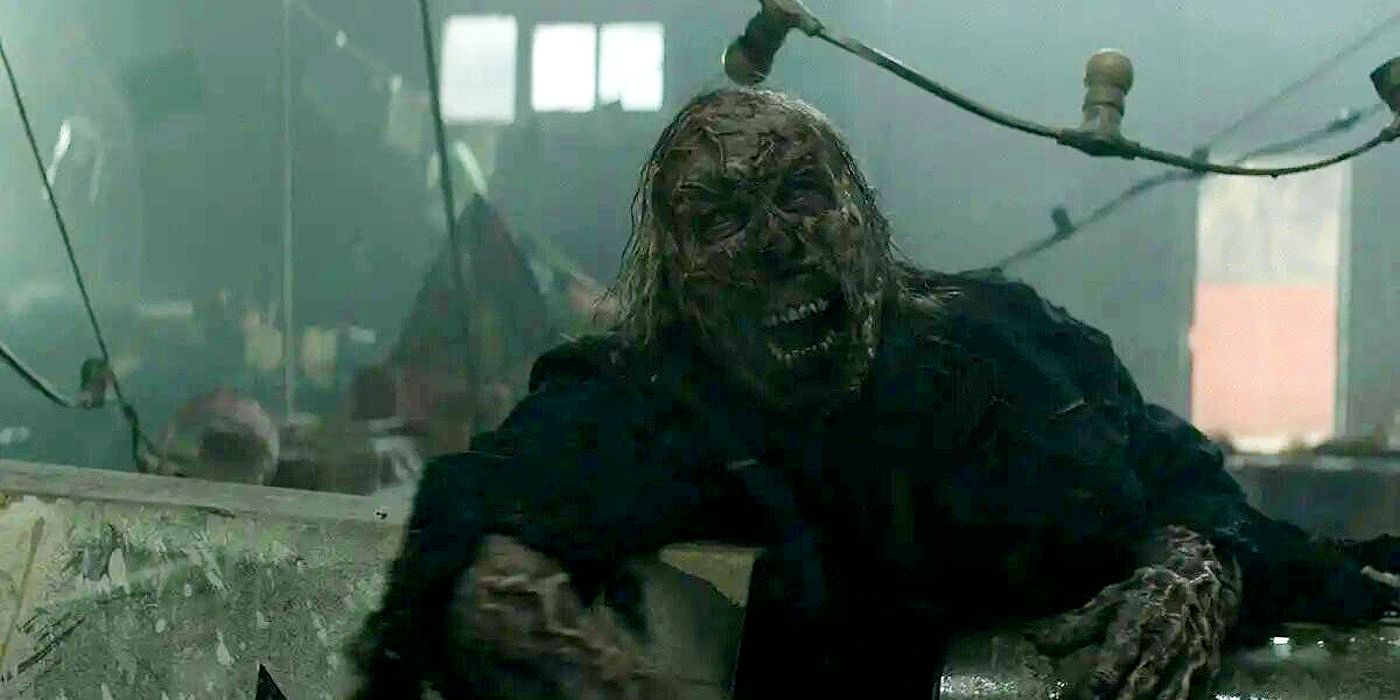
Burner variants are another grotesque creation of Pouvoir’s Dr. Lafleur. While this class of variant does not move quickly or show more intelligence than ordinary members of The Walking Dead‘s ever-expanding undead club, it compensates with acidic blood. This feature makes a burner much harder to kill, as the survivor must dispatch it without getting a single speck of gore on their own skin. Because of the rotting flesh, however, a burner’s acidic innards will leak out of its body. The merest touch will leave a significant burn – as Daryl Dixon himself discovered the hard way.
Daryl was lucky enough to run into Isabelle, who tended to his wounds from the burners.
The Walking Dead‘s burners were created as part of Pouvoir’s ongoing experimentation into strengthening zombies. At some point, however, these creations either escaped or were deemed a failure and turned loose. The fact that the artificial super-zombies, Lafleur’s more recent creations in Daryl Dixon, are far more advanced maybe points toward the latter explanation. Nevertheless, knowledge and rumors of burner variants appears to have spread around France’s population, suggesting the strain is a relatively common one.
During her first encounter with Daryl, Isabelle curiously described burners as one of several unique zombie types populating France, but the exact meaning behind this line remains ambiguous. Isabelle may have been referring to naturally-occurring variants like the one seen in World Beyond‘s French lab, but she could just as easily have been talking about other failed experiments unleashed upon France courtesy of Dr. Lafleur, or even the kind of variants glimpsed in the United States during The Walking Dead‘s ending.
3Lurkers
Featured In: Various
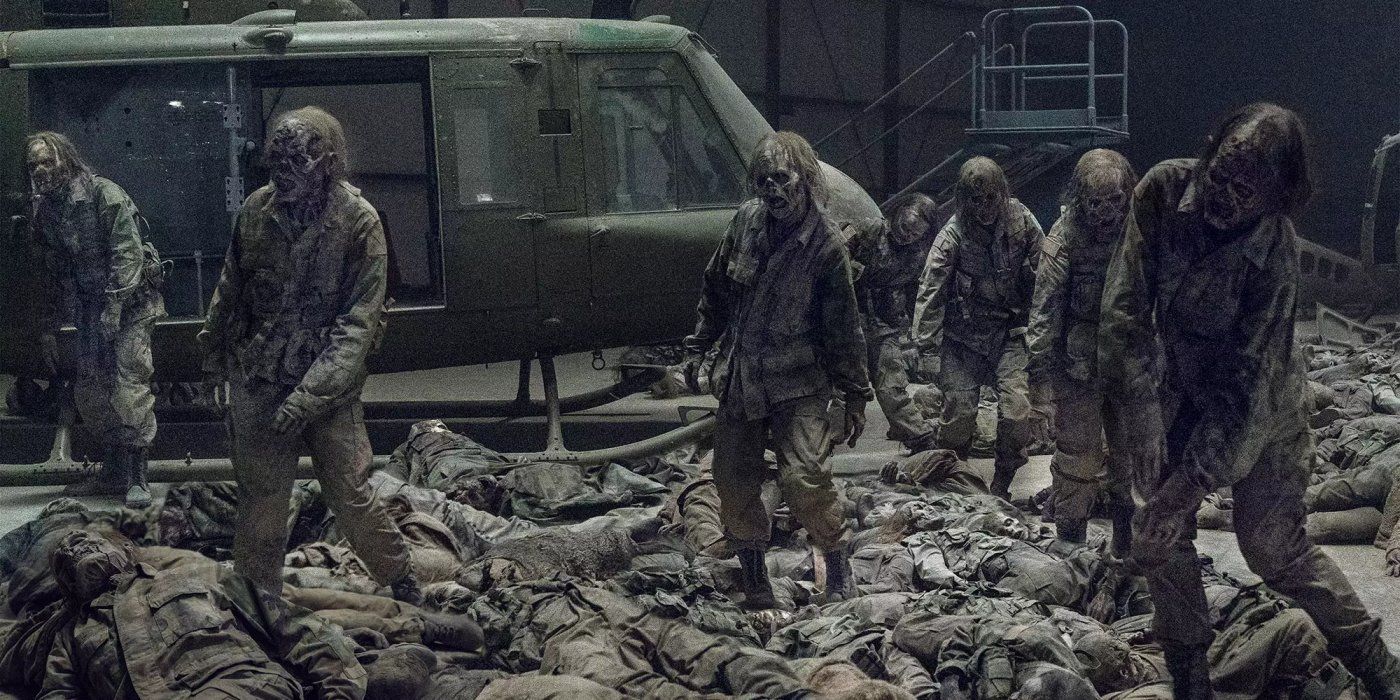
One of the earliest zombie variants in The Walking Dead, lurkers are the kind most survivors would prefer to face if given a choice. As the name suggests, lurkers remain stationed in one place, often laid down and completely silent. The main danger with lurkers is how difficult they can be to spot.
While the hunger for flesh is very much still present, a lurker will be content to wait for food to come to them.
Whereas most zombies have a habit of making their presence known, the quiet stealth of lurkers means an unsuspecting survivor can be bitten out of nowhere. As demonstrated in the military base scene from The Walking Dead season 11’s premiere, some lurkers will remain completely oblivious that humans are nearby unless something – a loud noise or a drop of blood, for example – rouses them.
Until they were redefined as a variant, the inclusion of sleeping zombies in season 11 felt out of step with The Walking Dead ‘s established rules.
Based on how early they began appearing in The Walking Dead, lurkers must be a natural phenomenon. Something in the reanimation process appears to make the subject less restless, so while the hunger for flesh is very much still present, a lurker will be content to wait for food to come to them. Because every zombie in the aforementioned military base was of the lurker variant – a statistical improbability if becoming a lurker comes down to chance – it is logical to conclude that a regular zombie can turn into a lurker if left alone for a prolonged stretch of time.
2Roamers
Featured In: The Walking Dead
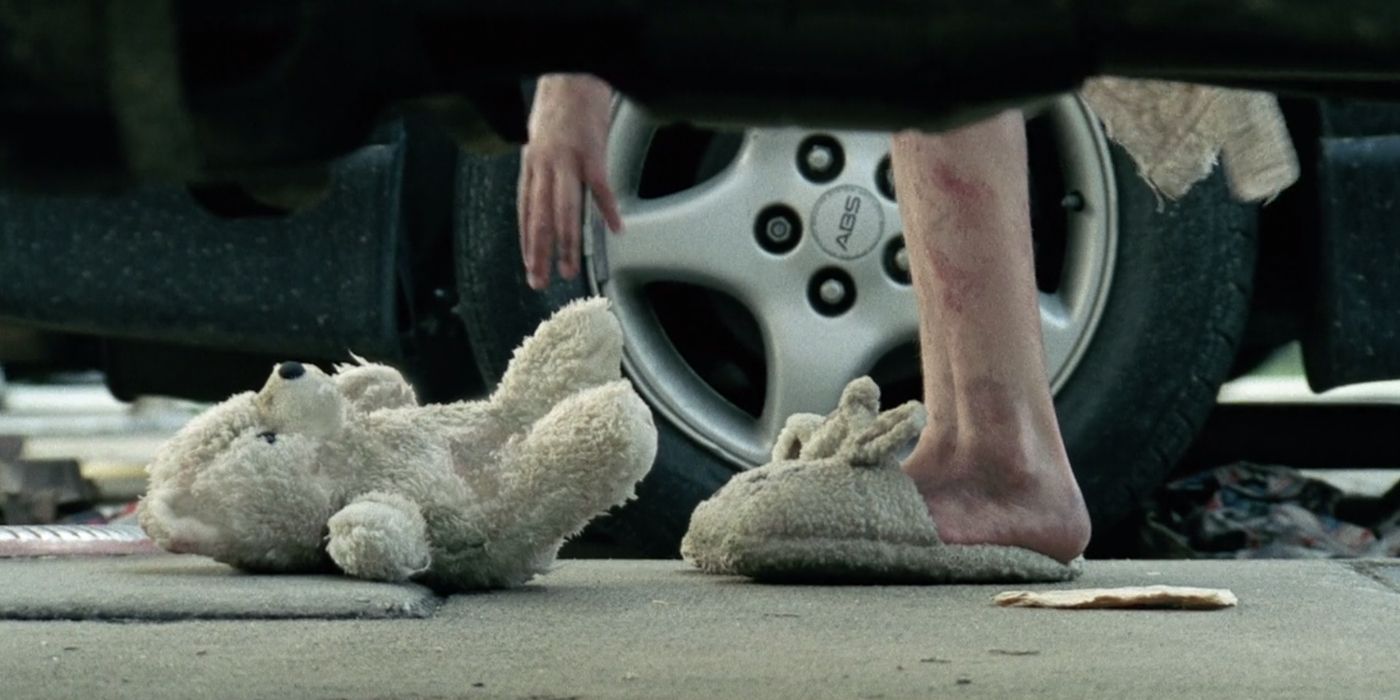
Alongside lurkers, roamers are mentioned by Aaron as another in-universe name for a specific kind of zombie. Unfortunately, they’re much harder to define compared to their lazier, lurking cousins. The defining trait of a roamer is aberrant behavior atypical of a normal zombie, although whether that behavior is caused by increased intelligence or lingering memories of their old life remains uncertain.
The “roamer” tag could be used to describe Morgan’s wife, who attempted to enter her old house even as a zombie. It might also apply to the young girl zombie Rick encountered at the very beginning of his journey, as she picked her teddy bear off the ground before lurching forward. Roamers tend to replace the herd-like tendencies of an average zombie in The Walking Dead with more individualistic traits, and could be viewed as the antithesis of lurkers.
Both types have been present since the very beginning of the outbreak and occur naturally, but whereas lurkers are defined by a decrease in mental and physical activity, roamers display higher levels of activity. Despite seeming to remember echoes of their former life, no roamer in The Walking Dead has thus far shown any degree of mercy toward someone they once loved. Any retained memories are not strong enough to overpower the need to feed.
1Climbers
Featured In: The Walking Dead
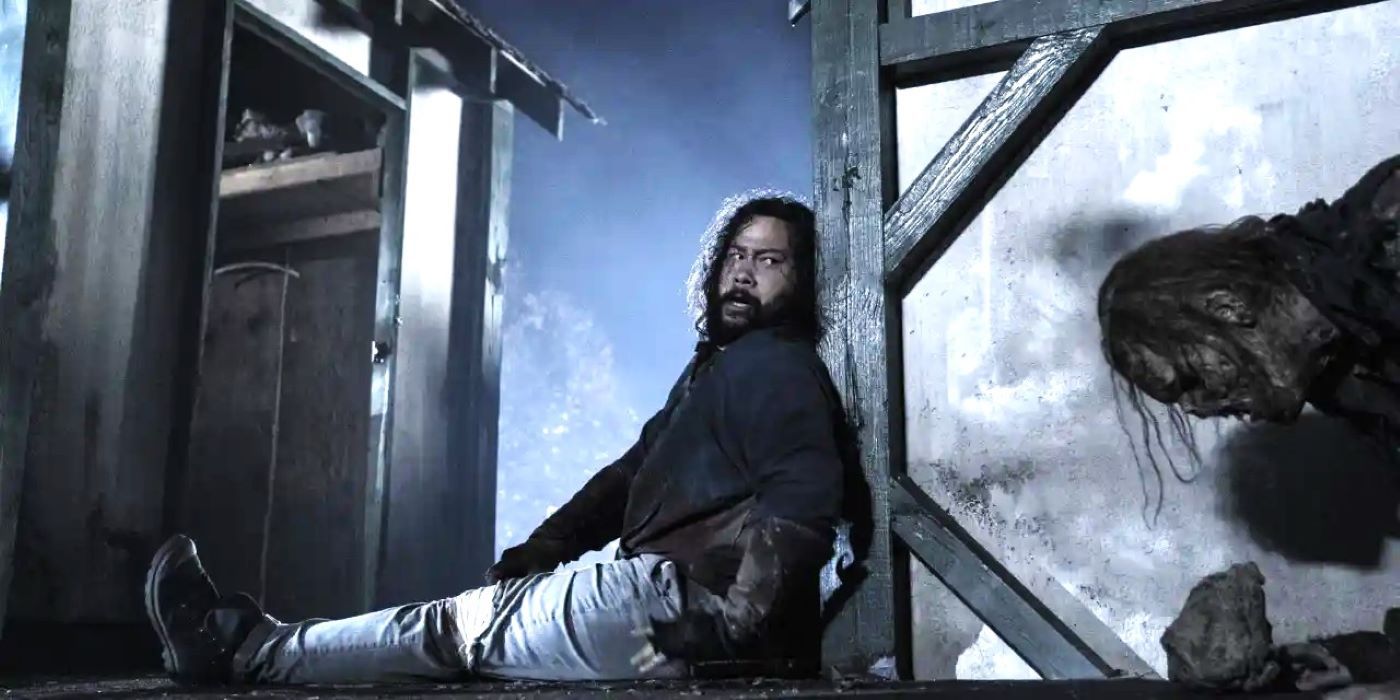
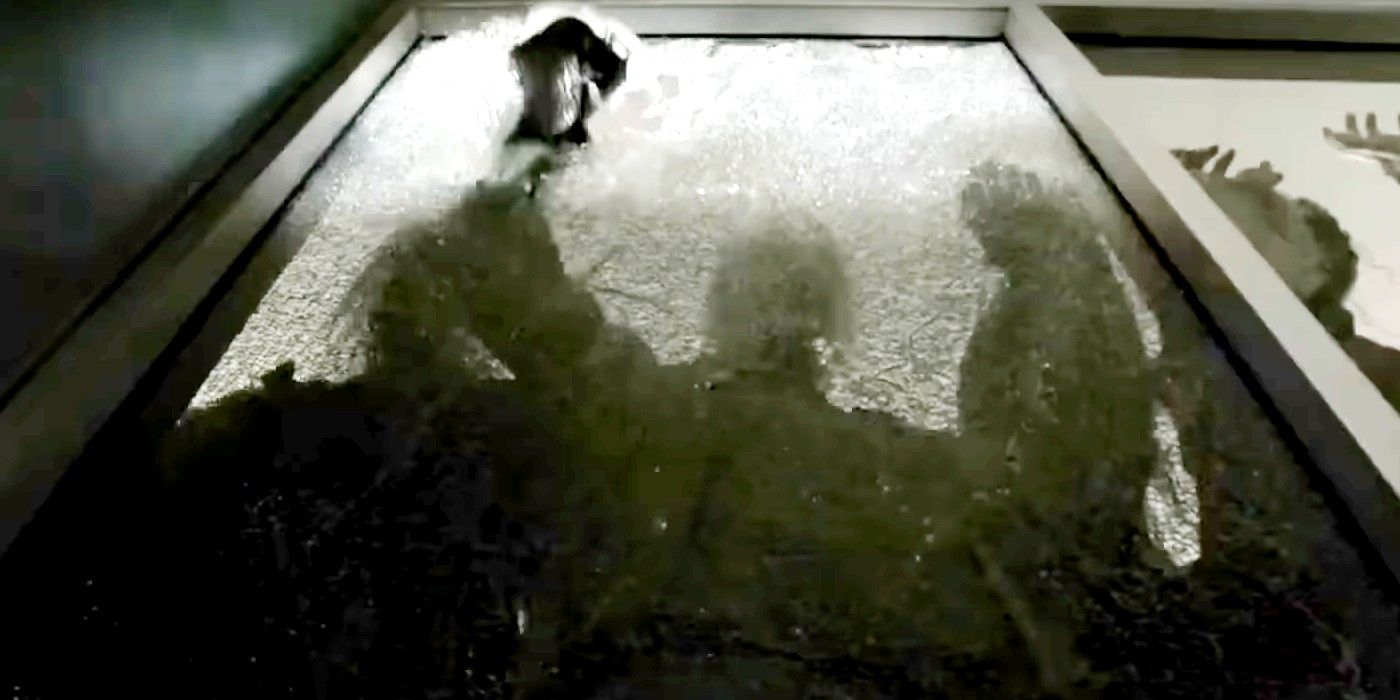
Despite the name, “climbers” has become something of a catch-all term among The Walking Dead‘s survivors, used to describe a zombie with superior cognitive and motor functions. While this typically manifests as ascending ladders, clambering over vehicles, scaling walls, etc., climbers have also been shown using nearby objects to accomplish their goal of a free lunch. Some climbers have picked up rocks to wield as weapons, while one blocked Lydia’s oncoming knife when she attempted to stab it. Even without the speed and strength other variants enjoy, the intelligence of a climber makes even just one a sizable threat.
Climbers are, by nature, close to roamers in terms of their abilities. Whereas roamers appear to be driven by their past memories, however, climbers exhibit better awareness of their surroundings at any given moment, and can analyze situations in a rudimentary way to gain a strategic advantage. The most curious aspect of climbers is how they vanished for almost a decade of The Walking Dead‘s timeline. Zombies could be spotted using rocks and climbing fences as early as season 1, then effectively disappeared until The Walking Dead season 11.
The actual explanation for variants being absent is likely that The Walking Dead hadn’t fully cemented its virus rule book in season 1, then didn’t come up with the variant twist until much later. An in-universe explanation is harder to provide, and it becomes impossible to say with any conviction whether climbers account for a small percentage of the total zombie population, were created by human experiments, or evolved naturally over the course of several years.





